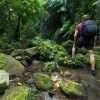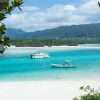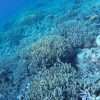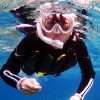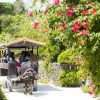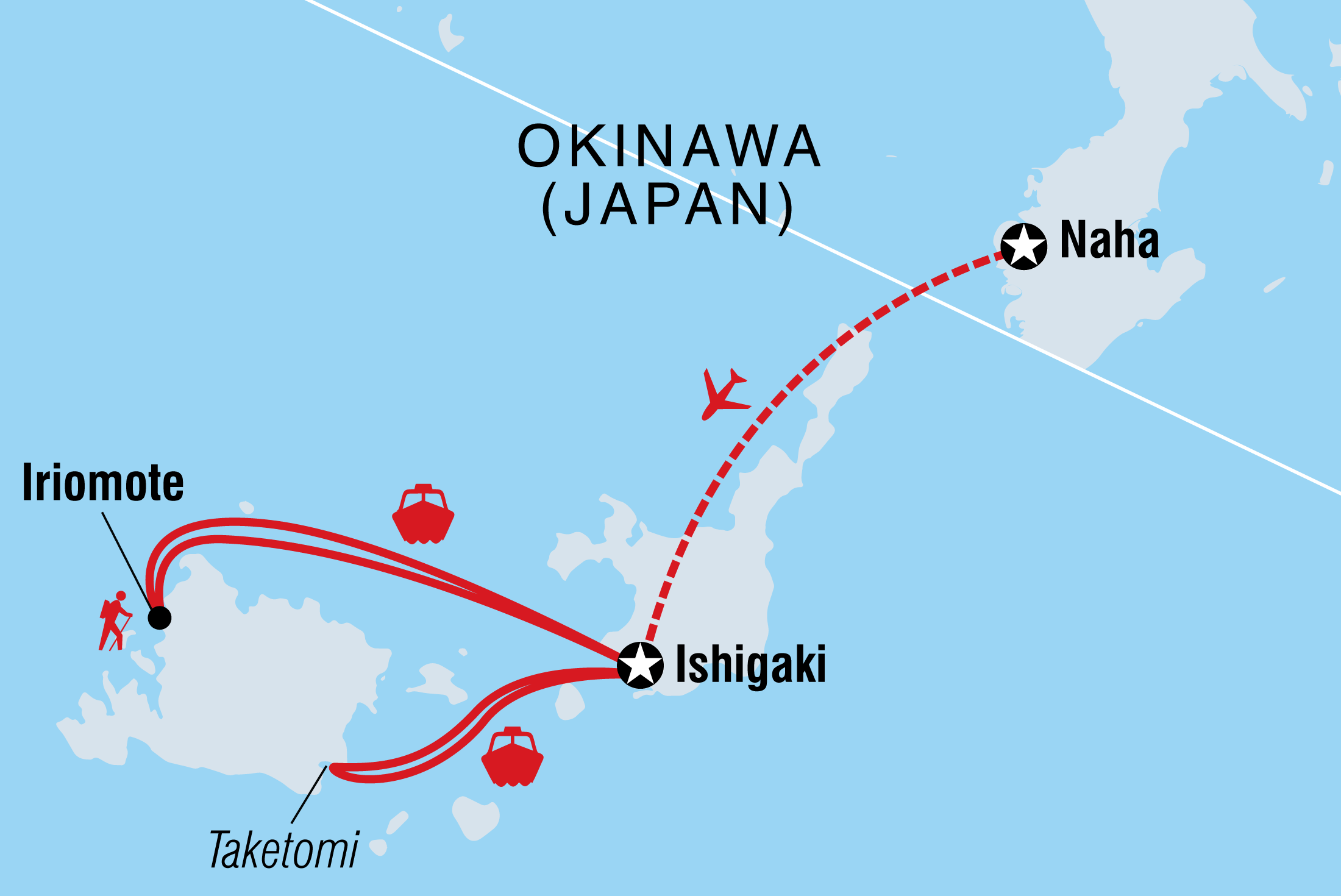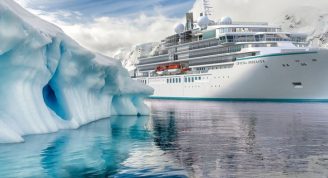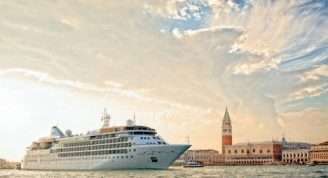Description
Embark on an ultimate Okinawa journey – a special group of islands that lie to the southwest of Japan. Being so far away from the main islands of Japan, Okinawa has always been considered an exotic destination even in Japan. With its distinct culture inherited from the Ryukyu Kingdom, yours will be a journey full of adventures both culturally and physically. Walk through the lively Makishi Market, visit the former underground headquarters of the Japanese Navy and learn a few karate moves in Naha. Travel to Ishigaki, part of the remote Yaeyema Islands at the southwestern point of Japan. Ride on a glass-bottom boat, snorkel with manta rays and cycle around charming Taketomi Island. Hike through dense virgin jungles and canoe mangrove-lined rivers in Iriomote. This is an expedition that doesn’t disappoint!
- Need a bit of something more than lying on the beach in Okinawa? This trip offers a great variety of different experiences unique to Okinawa.
- Visit the underground Former Navy Headquarters in Naha and learn about a battle that left a deep scar on the island's history.
- Learn a few karate moves from a local master, a form of martial art that's believed to have originated in Okinawa.
- Taste-test your way through healthy and delicious Okinawan cuisine, one of the reasons behind the longevity of the Okinawan people.
- Ride on a glass-bottom boat in emerald-green Kabira Bay.
- Snorkel with manta rays off Ishigaki Island and watch these graceful creatures glide effortlessly by.
- Hop on a bike (or a buffalo-cart) and cycle through charming old villages on sleepy Taketomi Island.
- Enjoy the lush green nature of Iriomote – get active and hike through virgin jungle forests and canoe the mangrove-lined Urauchi River.
- Still yearning for some beach time? Enjoy a full free day on Iriomote Island for some well-deserved down time.



